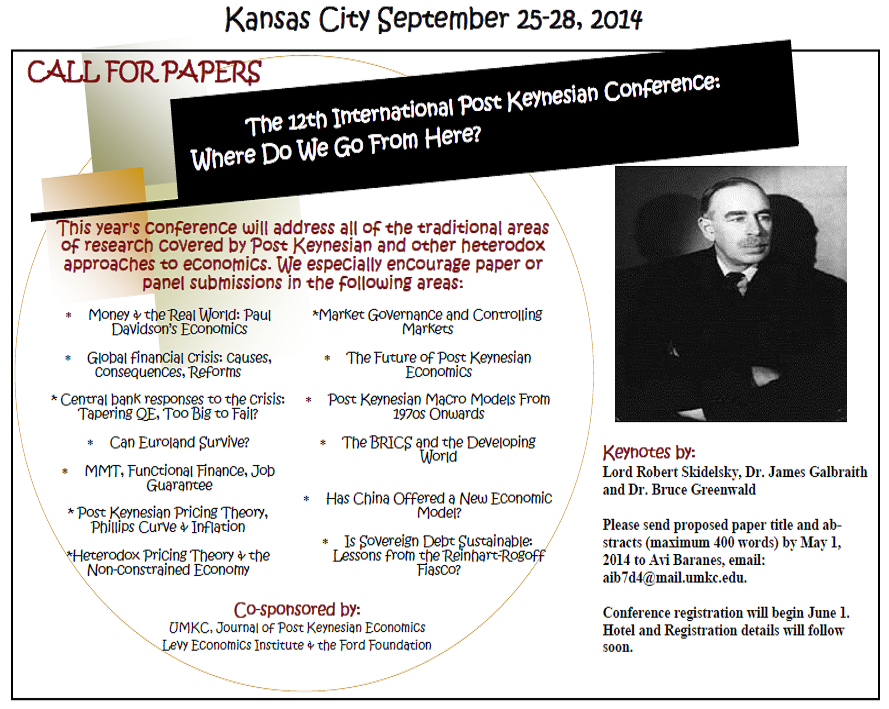Monetary Mechanics: A Financial View
Éric Tymoigne
“This paper presents an alternative framework that can be used to analyze monetary systems by drawing on the work of Smith, MacLeod, Knapp, Innes, Hawtrey, Keynes, Murad, Olivecrona, Wray, and Ingham, among others. The analysis asks what “money” is instead of what “money” does. Monetary instruments are not defined by what they do, or by what a researcher thinks they do, but by specific financial characteristics. By defining explicitly what “money” is, this framework provides some insights into past monetary systems and into monetary mechanisms.”
Autonomy-enhancing Paternalism
Martin Binder and Leonhard K. Lades
“Behavioral economics has shown that individuals sometimes make decisions that are not in their best interests. This insight has prompted calls for behaviorally informed policy interventions popularized under the notion of “libertarian paternalism.” This type of “soft” paternalism aims at helping individuals without reducing their freedom of choice. We highlight three problems of libertarian paternalism: the difficulty of detecting what is in the best interest of an individual, the focus on freedom of choice at the expense of a focus on autonomy, and the neglect of the dynamic effects of libertarian-paternalistic policy interventions. We present a form of soft paternalism called “autonomy-enhancing paternalism” that seeks to constructively remedy these problems.”
The Political Economy of Shadow Banking: Debt, Finance, and Distributive Politics under a Kalecki-Goodwin-Minsky SFC Framework
Eloy Fisher and Javier López Bernardo
“[T]he financial operation of the shadow financial system is not a mere mechanical outgrowth of advances in securitization and risk management, but the natural result of tensions in the political economy of democratic capitalism …
[T]he dynamics of shadow banking rest on the distributive tension between workers and firms. Politics wedge the operation of the shadow financial system as government policy internalizes, guides, and participates in dealings mediated by financial intermediaries. We propose a broad theoretical overview to formalize a stock-flow consistent (SFC) political economy model of shadow banking (stylized around the operation of money market mutual funds, or MMMFs). Preliminary simulations suggest that distributive dynamics indeed drive and provide a nest for the dynamics of shadow banking.”
Shadow Banking: Policy Challenges for Central Banks
Thorvald Grung Moe
“I discuss the expanding role of the shadow banking sector and the key drivers behind its growing importance. There are close parallels between the growth of shadow banking before the recent financial crisis and earlier financial crises, with rapid growth in near monies as a common feature. This ebb and flow of shadow-banking-type liabilities are indeed an ingrained part of our advanced financial system. We need to reflect and consider whether official sector liquidity should be mobilized to stem a future breakdown in private shadow banking markets. Central banks should be especially concerned about providing liquidity support to financial markets without any form of structural reform. It would indeed be ironic if central banks were to declare victory in the fight against too-big-to-fail institutions, just to end up bankrolling too-big-to-fail financial markets.”
What Do We Know About the Labor Share and Profit Share?
Olivier Giovannoni
Part 1: Theories
“This series of working papers explores a theme enjoying a tremendous resurgence: the functional distribution of income—the division of aggregate income by factor share. This first installment surveys some landmark theories of income distribution. Some provide a technology-based account of the relative shares while others provide a demand-driven explanation (Keynes, Kalecki, Kaldor, Goodwin). Two questions lead to a better understanding of the literature: is income distribution assumed constant?, and is income distribution endogenous or exogenous? However, and despite their insights, these theories alone fail to fully explain the current deterioration of income distribution.”
Part 2: Empirical Studies
“In this second part of our study we survey the rapidly expanding empirical literature on the determinants of the functional distribution of income. Three major strands emerge: technological change, international trade, and financialization.”
Part 3: Measures and Structural Factors
“Economic theory frequently assumes constant factor shares and often treats the topic as secondary. We will show that this is a mistake by deriving the first high-frequency measure of the US labor share for the whole economy. We find that the labor share has held remarkably steady indeed, but that the quasi-stability masks a sizable composition effect that is detrimental to labor. The wage component is falling fast and the stability is achieved by an increasing share of benefits and top incomes. Using NIPA and Piketty-Saez top-income data, we estimate that the US bottom 99 percent labor share has fallen 15 points since 1980. This amounts to a transfer of $1.8 trillion from labor to capital in 2012 alone and brings the US labor share to its 1920s level.”
The Great Recession and Unpaid Work Time in the United States: Does Poverty Matter?
Tamar Khitarishvili and Kijong Kim
“In times of economic crises, household production, and the unpaid work time associated with it, can serve as a coping mechanism for absorbing the impact of shocks. Evidence from the Great Recession has been supportive of this possibility, and has revealed the presence of gender asymmetries stemming from men having experienced disproportionately high job losses. In this paper, we further examine the presence of poverty-based asymmetries in the unpaid work time changes of men and women given that the role of household production as a coping mechanism may vary by poverty status. … Our findings reveal that the changes in men’s and women’s unpaid work time indeed varied by poverty status.”





 ShareThis
ShareThis